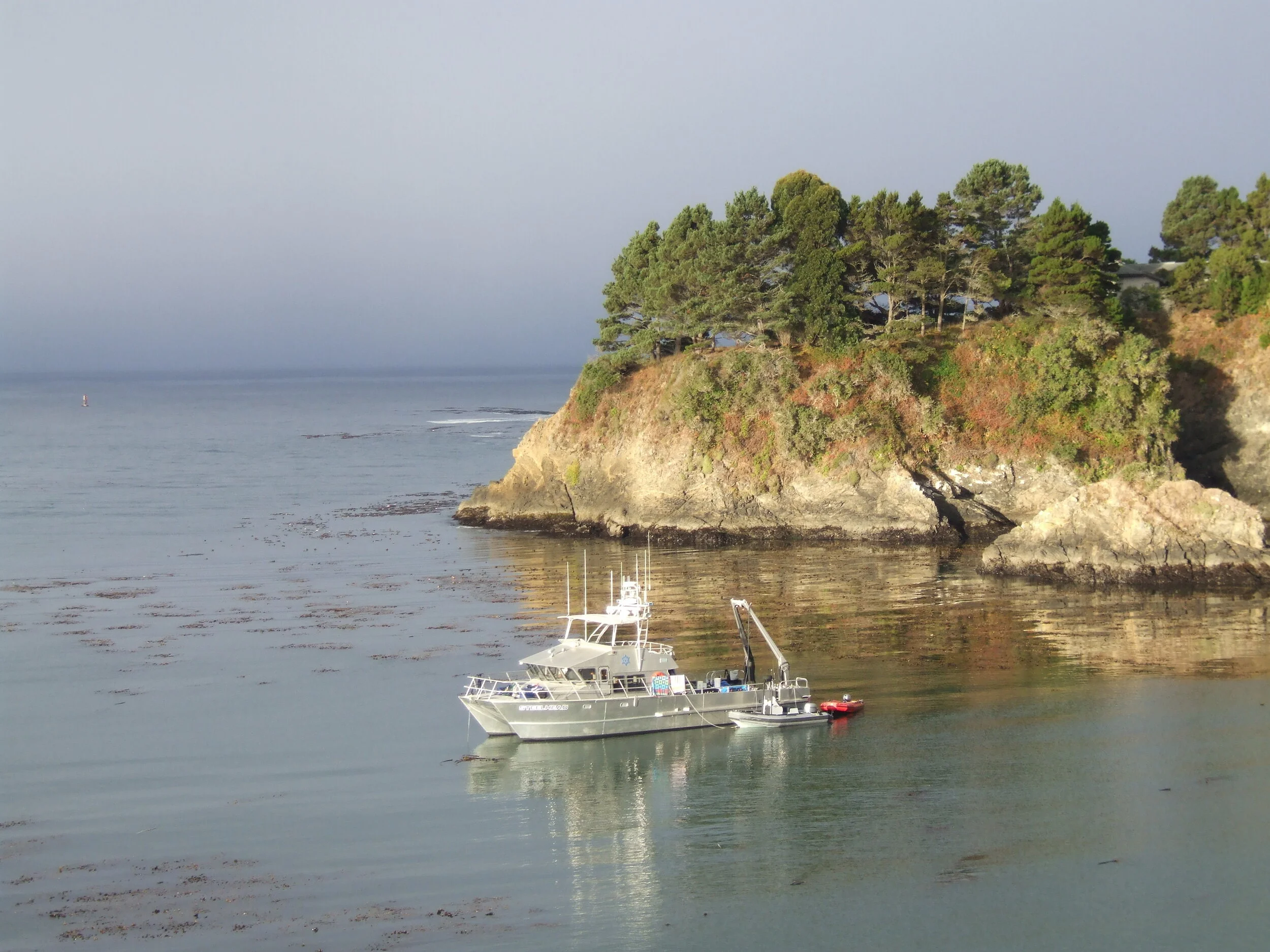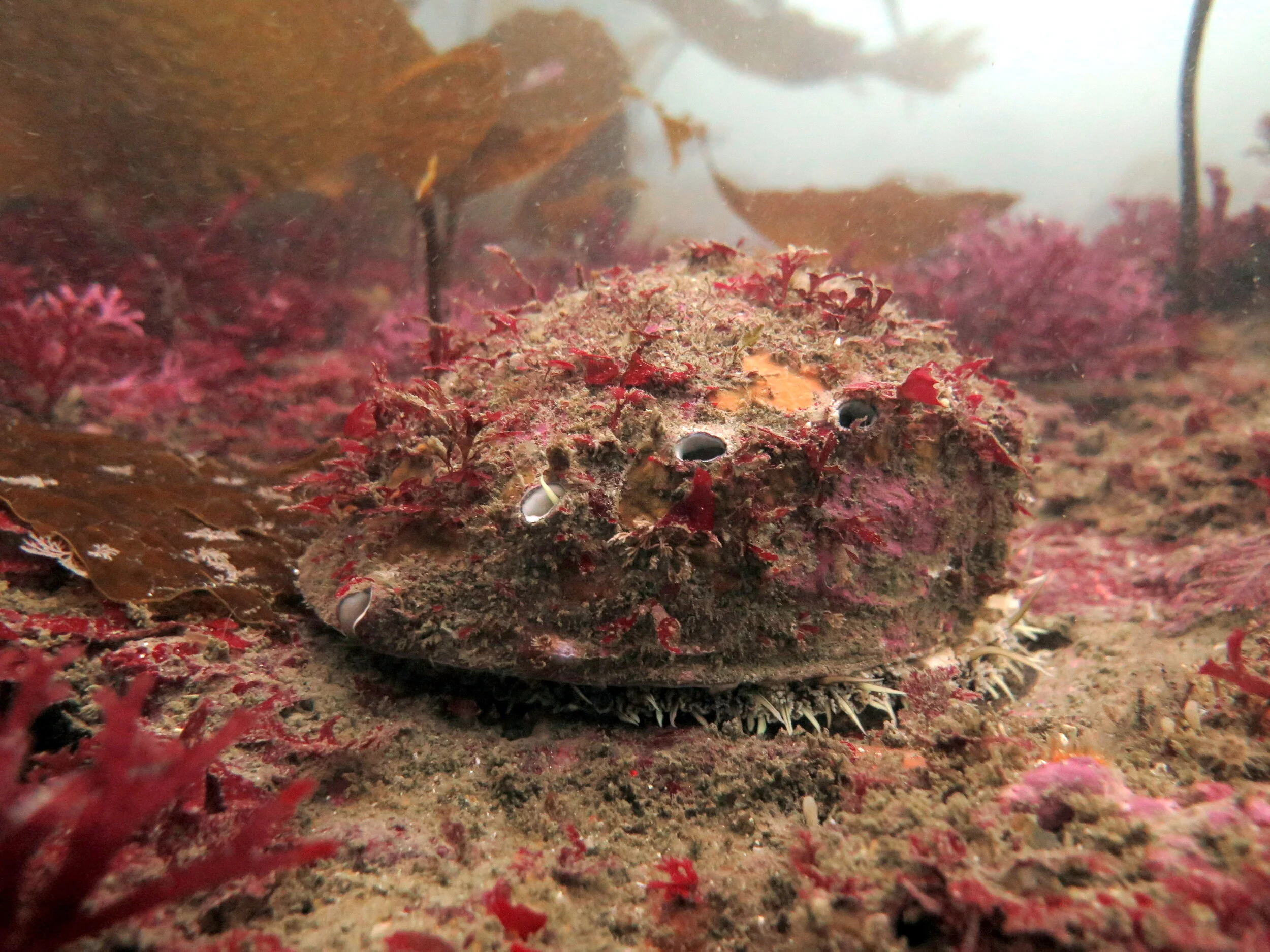Climate Driven Ecosystem Change
Marine Ecosystem Tipping Points
We seek to understand marine regime shifts as not only an ecological phenomenon but also to inform marine management to promote the sustainability of ecosystem services such as fisheries. Regime shifts have a firm theoretical foundation with nonlinear systems crossing critical thresholds, yet frequently we have a poor understanding of what these thresholds are. While regime shift theory is fairly well developed (Scheffer 2009), work still needs to be done to identify drivers, mechanisms and susceptibility to abrupt changes in natural marine ecosystems. See More: https://royalsocietypublishing.org/toc/rstb/2015/370/1659
We’re working to define thresholds for key components of marine ecosystems in nearshore kelp forest ecosystems. Further, we are working to understand the persistence of these shifts and what management actions might be undertaken, if any, to reverse shifts and restore ecosystem services.
Marine Heatwaves
Our lab is investigating the impacts of the massive 2014-2016 Marine Heatwave (MHW) and subsequent MHW on the collapse of the nearshore kelp forest ecosystem. Using a new MHW tracking tool we can see the frequency and intensity of MHW in our region is increasing dramatically (https://www.integratedecosystemassessment.noaa.gov/regions/california-current/cc-projects-blobtracker). We are finding that future forecasts of ocean warming coming to the region are already here as are the impacts to kelp and herbivores such as abalone.
Rogers-Bennett, L., Catton, C.A. Marine heat wave and multiple stressors tip bull kelp forest to sea urchin barrens. Sci Rep 9, 15050 (2019). https://doi.org/10.1038/s41598-019-51114-y
Our work is contributing to a body of studies defining the impacts of MHW on coastal ecosystems and the services they provide including fisheries resources (For more Info See https://www.frontiersin.org/research-topics/7980/advances-in-understanding-marine-heatwaves-and-their-impacts#articles). Currently, we are focusing on both the direct and indirect impacts of MHW at the organismic and population level. We are interested in the “Thermal Vice” where organisms require more food as they warm yet the food is less abundant and less nutritious. In particular, we are working on a collaborative NSF grant to assess the impacts of ocean warming on purple sea urchin physiology and population dynamics.
Kelp Forest Ecosystems
Kelp Forest Ecosystem Monitoring Program
Kelps are engineering species that structure nearshore rocky reef communities in many upwelling regions around the world including in the California Current. Kelp forests are species rich habitats which provide a suite of ecosystem services such as species diversity, fisheries and carbon sequestration. Despite their importance, kelp forests are highly susceptible to climate stressors and in 2014 the northern California kelp forest collapsed following the decline of sea stars and the massive Marine Heatwave. Using data from our 20 year kelp forest monitoring program we were one of the first labs to sound the alarm in 2016 in our blog entitled “Perfect Storm” outlining the multiple stressors responsible for the collapse of the bull kelp forests in northern California. (https://cdfwmarine.wordpress.com/2016/03/30/perfect-storm-decimates-kelp/). Similarly, in 2012, our monitoring program detected sharp declines in abalone and other invertebrates after a harmful algal bloom killed many organisms in shallow waters. We are now poised to quantify restoration efforts and set restoration goals using benchmarks established in the decade from 1999 to 2009 prior to climate change disruptions. Our lab will continue to use subtidal monitoring to develop indices and track the health of northern California’s kelp forests.
Sustainable Fisheries
Sea Urchin Ranching Project
We are collaborating with the Bodega Marine Lab and Urchinomics to test methods for ranching starved purple sea urchins to turn them into a tasty sustainable seafood product. When sea urchins overpopulate people wonder why divers just cant turn them into a fishery. Without any kelp the urchin are empty inside and the sea urchins are worthless to the seafood market. Thats why Urchinomics and other companies have been exploring the development of algal diets and ways to feed starving urchin so they once again develop tasty gonad (roe). But how long does it take, how much do you have to feed them, what densities are best and how about the water flows required for ranching ? These are just a few of the questions this use inspired science is trying to address.
Abalone Conservation
White Abalone Restoration project
Partnering with CDFW, NOAA and many aquaria and research groups UC Davis is central to the white abalone restoration program. Here at the Bodega Marine Lab we are home to the captive breeding program having worked with aquaculture facilities to enhance white abalone captive breeding and larval rearing methods with the lead of the captive breeding programs Dr. Kristin Aquilino. UC Davis and CDFW and their partners are working to release captive bred juveniles back into the wild to restore populations. In Nov. 2019 the program released its first ever juvenile white abalone into two sites in southern California. Ian Taniguchi and Laura Rogers-Bennett were dive buddies working as part of the larger team releasing juvenile white abalone.
Check out the video of the first-ever white abalone out planting below!







